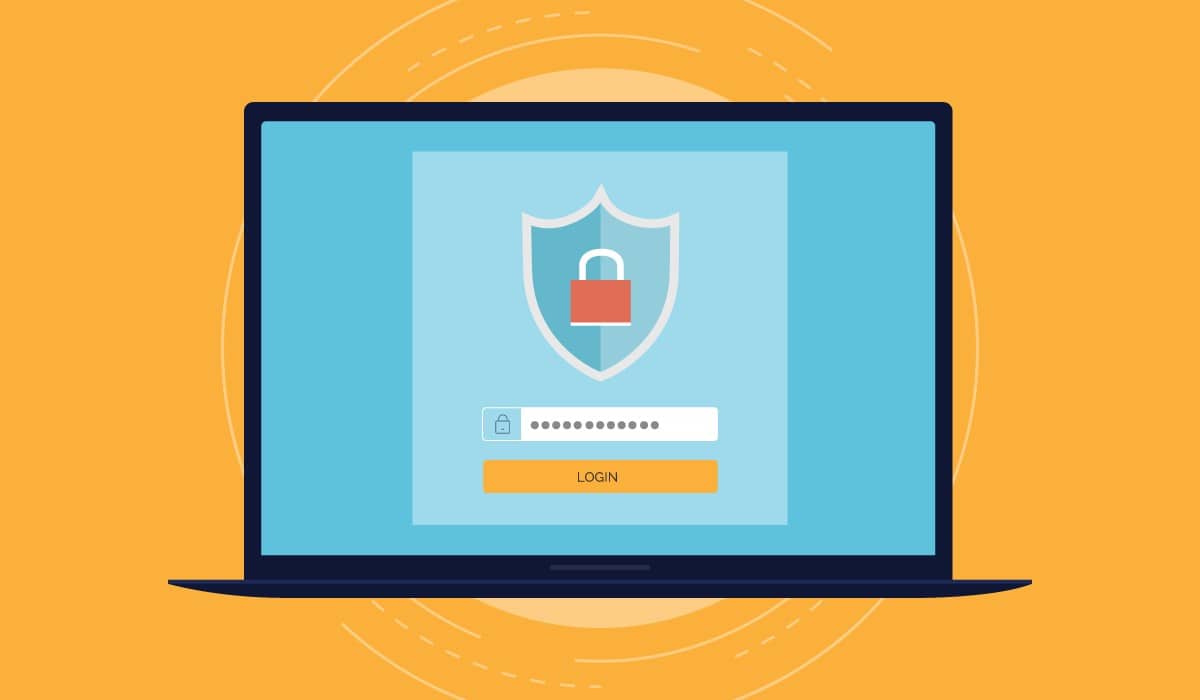From its beginnings as a blog management tool, WordPress has grown to become the most popular Content Management System (CMS). WordPress is used in more than 30% of all websites across the internet. This growth isn’t without issues, as hackers took note and started attacking websites built on WordPress. It doesn’t matter what content you produce, If you don’t take precautions against attacks, you will get hacked. Installing a firewall freeware, while a good start, isn’t enough.
Take your website security in hand with our tips on how to secure your WordPress site.
Go With A Reputable Web Hosting Company
The first way to ensure your WordPress site is secure starts with your web host.
Your web host needs to provide multiple layers of security. While saving money by going with a cheap web host seems like a good idea, the money you saved may end up getting spent on efforts to fix issues down the road. Missing data and redirected URLs would mean lost time and revenue.
Paying a little extra for security and peace of mind seems like a good deal, saving you money and time.
Don’t Use Cracked WordPress Themes
Premium WordPress themes can be expensive, so we can understand why people gravitate towards cracked themes. This is a dangerous proposition. Most of these cracked themes have malicious codes, and could potentially wreck your website. Stick to official premium themes and stay away from cracked themes.
Install And Use A WordPress Security Plugin
Installing a security plugin makes the time-consuming job of checking your website easier. Not only do you not have to go through multiple lines of code to look for malware, but you also save time on other tasks that could have been automated from the get-go.
A security plugin, besides checking for malware, lets you monitor traffic, check for file integrity, audit security activity and even act as a web firewall.
Strong Passwords Keep Your Site Safe
Many people forget that website security is only as strong as the passwords you use. Plain passwords are easy to crack and leave your website open to outside attack. Strong passwords using a combination of letters, numbers and special characters are better at securing sites and are harder to crack.

Alternatively, using a password manager is a good idea, especially if you have difficulty memorizing complicated passwords.
Turn Off File Editing
The code editor function lets you edit your theme and plugin. Once you are done using this function and your site has gone live, it’s time to turn off this feature. Leaving this feature could be dangerous, as hackers could inject malicious code into your website.
To disable the file editing feature off, simply add this code into your wp-config.php file:
define(‘DISALLOW_FILE_EDIT’, true);
TLS/SSL Encryption Is The Way To Go
If your website handles sensitive information, such as passwords or credit card details, then an encryption solution like SSL or TLS is a must-have. SSL and TLS keep sensitive information secure from outside snooping by encrypting these, rendering these unreadable to hackers.
TLS/SSL certificates can cost between $50 to over $100, but you can consider this money well-spent.
Change Your WordPress Login URL
By default, WordPress leaves your login URL as “yoursite.com/wp-admin”. This leaves you open to brute force attacks as hackers would now know your username. To prevent this, change the login URL. Other options include using a 2FA (Two Factor Authentication) or adding security questions to your login page.
Limit Attempts To Login To WordPress
By default, WordPress does not limit failed login attempts to your site. While useful for complicated passwords, this also leaves you open to brute force hacks.
Limiting login attempts blocks users after a set number of failed attempts, locking out hackers who use this method to gain access to WordPress sites. Enable this feature by installing a plugin from WordPress.Then set the number of attempts and how long a user gets locked out.
Hide Your wp-config.php or .htaccess Files
This is a more advanced step, which we recommend to experienced users. The wp-config.php and .htaccess files can be hidden, stopping hackers from accessing their contents. Before starting this process, make sure your files are backed up.
For a full tutorial on hiding these files, check out this walkthrough.
Keep WordPress Updated
WordPress updates help keep websites secure. Each update improves WordPress and updates security features and patches security flaws. Updating your plugins and tools also helps keep your data secure.
Remember to keep up with major updates from your WordPress admin page.
Security is a crucial part of WordPress. Keeping your site secure keeps you safe from hacks and helps save on time and money. Following these tips are a great start to keeping your WordPress site at its best.
Must Read: 10 Useful Tips to Improve Your WordPress Site Security

